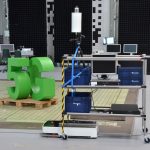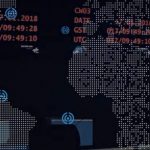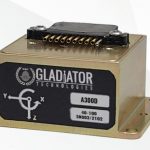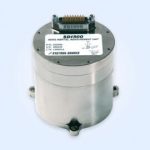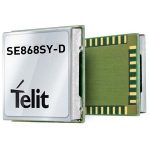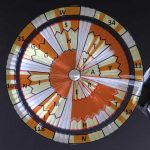Steady As She Goes: Still Protecting, Toughening and Augmenting PNT
For years, both the Executive and Congress have expressed concerns over PNT vulnerabilities and clamored for solutions. Yet little has changed. Three important reports emerged at the tail end of the old regime. As new leadership takes the helm, in which direction will it take the PNT enterprise?
By Dawn M.K. Zoldi (Colonel, USAF, Ret.)




